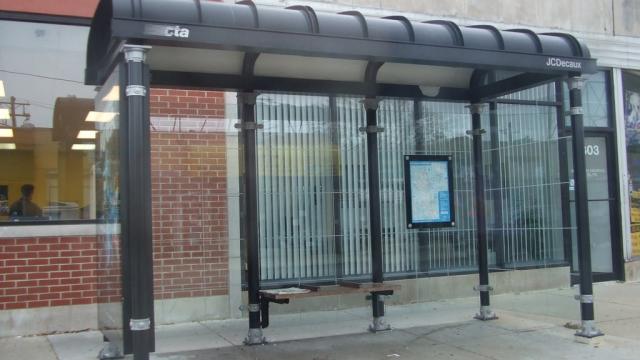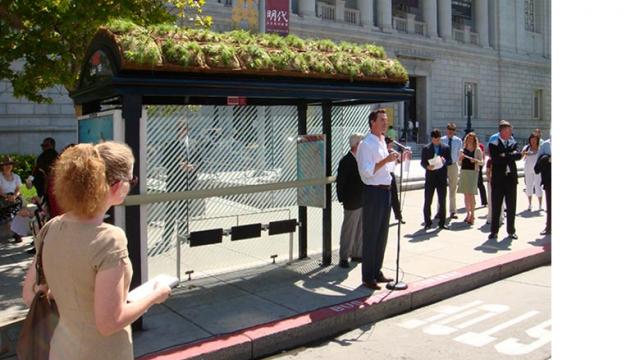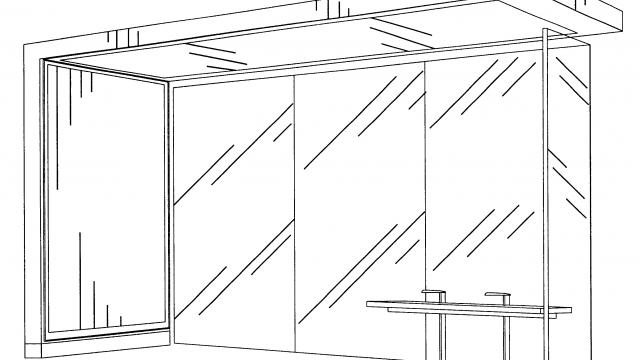A bus shelter usually consists of glass that can usually shatter, a roof, and wooden bench that can normally sit three people. They do not contain any lights and are quit small. Most bus shelters do not have bus trackers. Another problem with bus shelter's are that they all have openings. These are problems with bus shelter that need to be fixed. Many people have to take the bus to work early in the morning and back home late at night. Same for students with school and most students have after school activities and do not leave school after dark. Lights would be an essential thing for people at the shelters. Most bus shelters do not have bus trackers. Bus trackers would be very helpful to people who may have to be somewhere at a certain time and have to take the bus. Bus shelters are very small and can only sit three people. I feel as if bus shelters should be larger then what they are now and they should be able to sit a little more then three people. Bus shelters have many openings and in my design i want to make a bus shelter a bullet proof glass, heating, air conditiong, and enclosed space with a sliding door to let people out from the shelter.


























